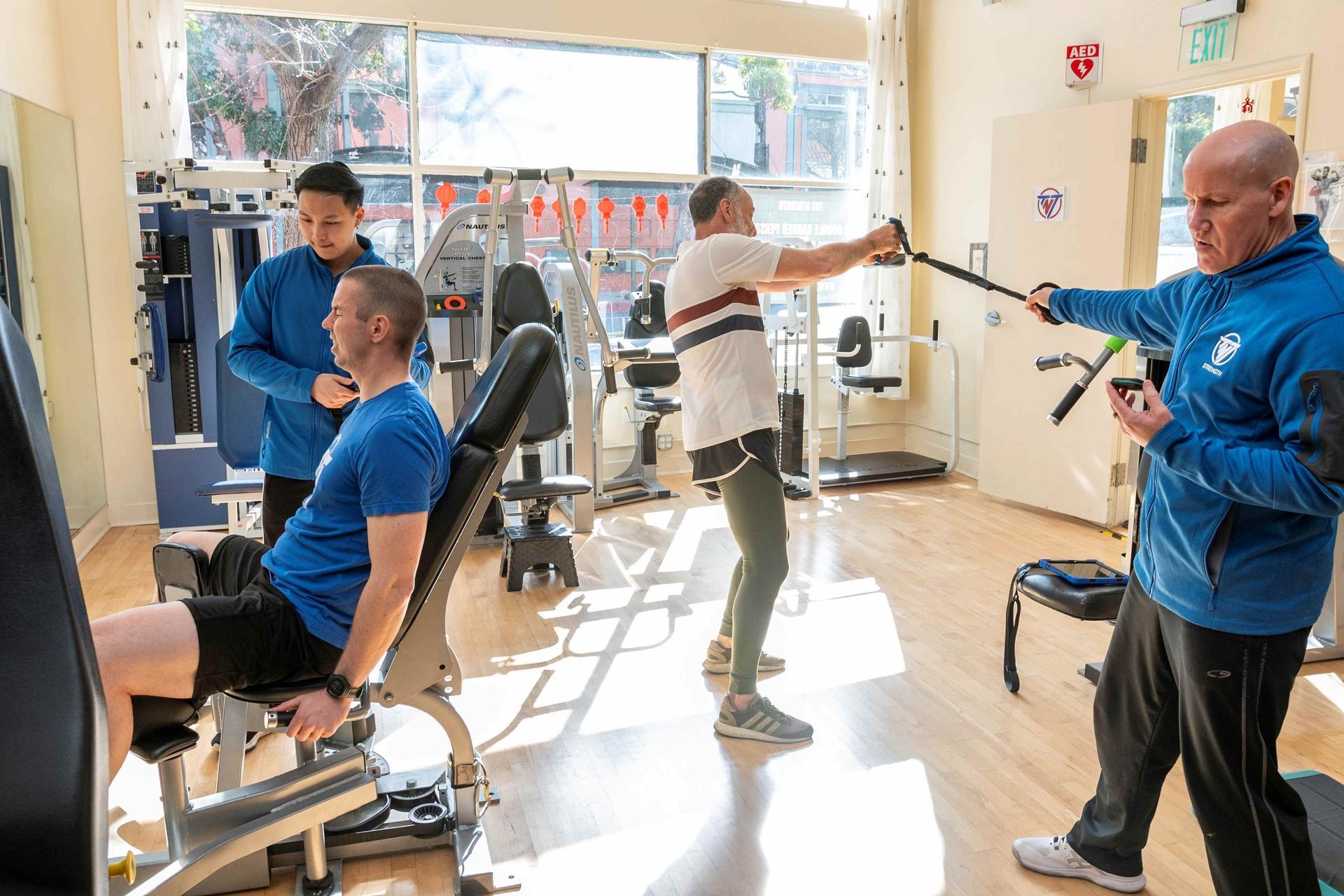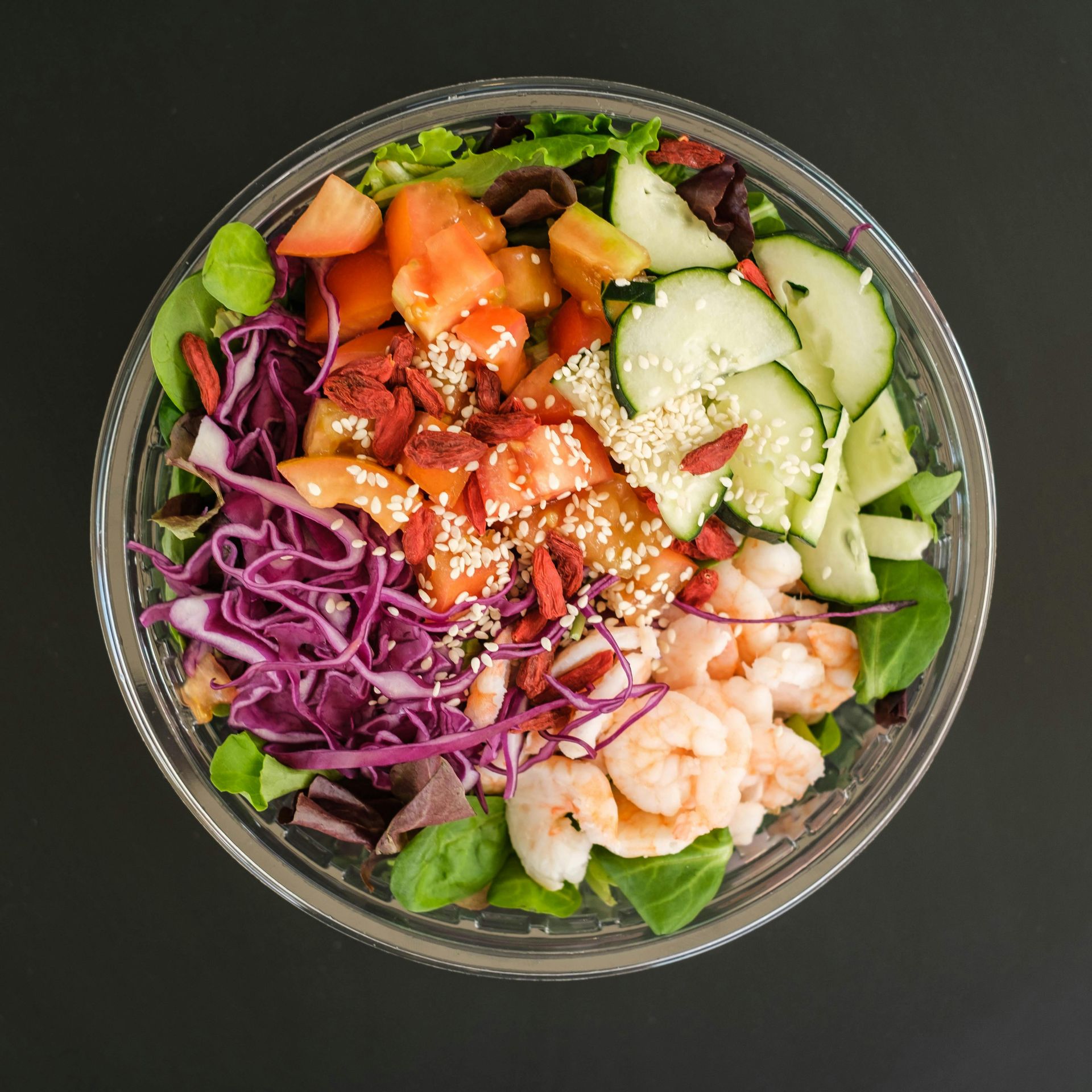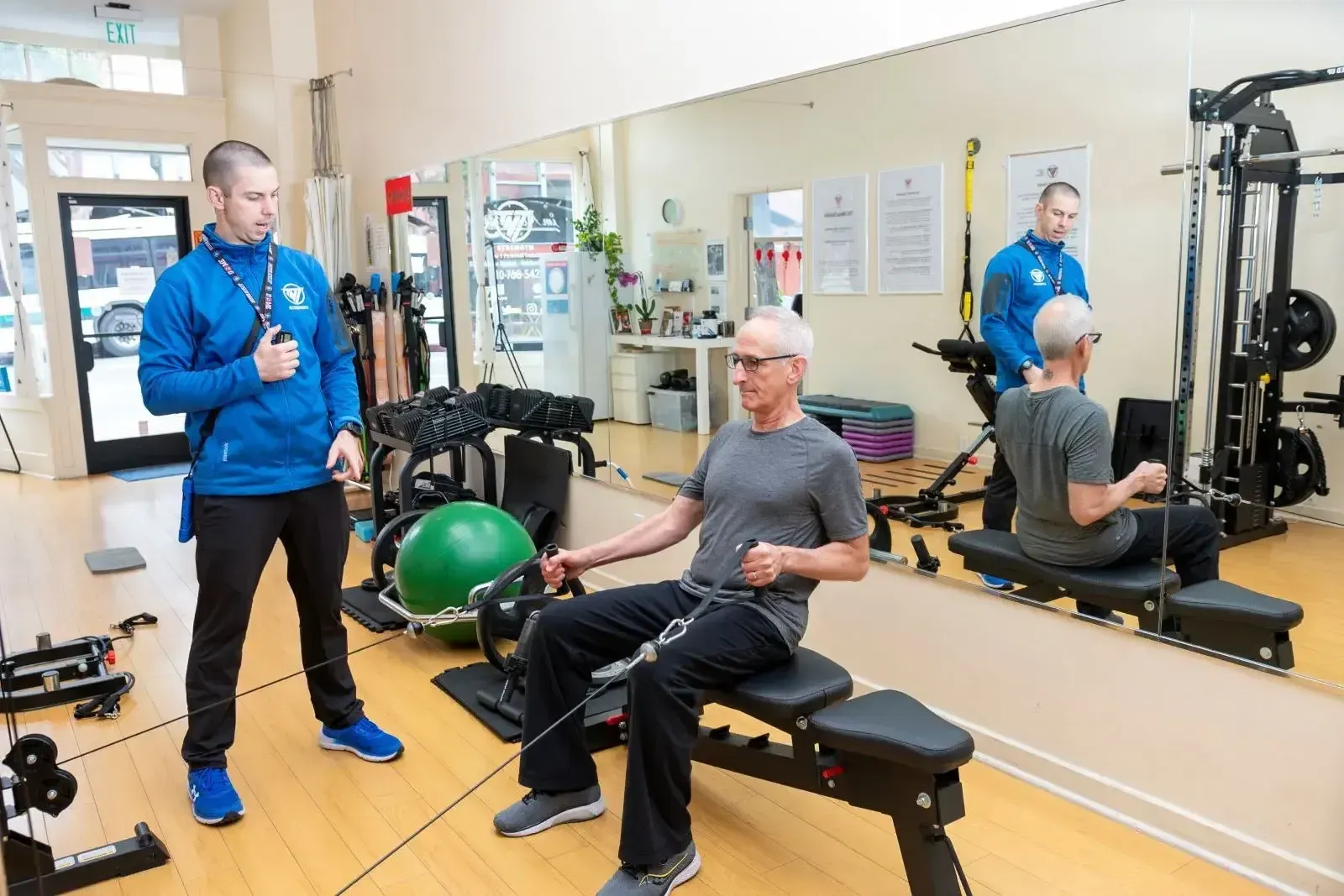Why the Last Rep is the Safest (and the First is the Most Dangerous)
When people think about injury risk during strength training, they often imagine something going wrong during the last rep of a hard set. That’s when you’re exhausted, your muscles are screaming, and the weight feels impossible. It seems like the danger would be highest right there, right?... Wrong.

In High Intensity Strength Training (HIT), done the TNT Strength way, the last rep is actually the safest — and the first rep is the most dangerous.
Let me explain why.
The First Rep: Danger Zone
At the start of any exercise, you may feel fresh and ready to go. But under the hood, your muscles, connective tissues, and nervous system are just ramping up. Here's why that first rep poses the most risk:
- Low neuromuscular activation: Your nervous system hasn’t fully “warmed up” yet. Not all motor units are engaged.
- Cold tissue = stiffer tissue: Ligaments, tendons, and muscles aren’t yet elastic or ready for full-force contractions.
- Higher force potential: Early reps are done when you're strongest, meaning you could accidentally move too fast or with too much force.
- Poor posture and alignment risk: Before you lock into your groove, form can be loose, increasing the chance of joint stress.
At TNT, we coach our clients to ease into the first rep with extra awareness and control — especially on compound lifts.
The Last Rep: Safety Through Fatigue
Now let’s talk about that final rep — the one where your muscle just barely finishes the movement, or maybe doesn’t finish at all.
That’s the one most people fear. But in the HIT framework, this rep is performed slowly, consciously, and with full-body awareness. And here's why it's actually your safest:
- Maximal motor unit recruitment: All your muscle fibers are working together efficiently by this point.
- Lower force output: Due to fatigue, your body physically can’t move explosively — which means less joint stress.
- Form is dialed in: You've been reinforcing the same movement pattern under control for the last several reps.
- Maximum focus: You're deeply engaged, mentally and physically. No distractions, no rushing.
That last rep is where the magic happens — the deep stimulus that drives adaptation, in the safest possible context.
Mindset Matters
The HIT philosophy is all about intentional effort and controlled execution. That’s why we train to momentary muscular failure — not to break you down, but to stimulate the body as safely and efficiently as possible.
When you understand that fatigue can actually protect you — by reducing speed, force, and reckless movement — you realize that training smart > training hard.
First Rep vs. Last Rep
TAKU's NOTE:
If you take just one thing away from this article, let it be this:
Don’t fear the last rep. Respect the first one.
Experience the TNT Strength difference with a free workout.
START YOUR FITNESS TRANSFORMATION WITH A
FREE WORKOUT
Complete the form and we'll set up an appointment for you.











